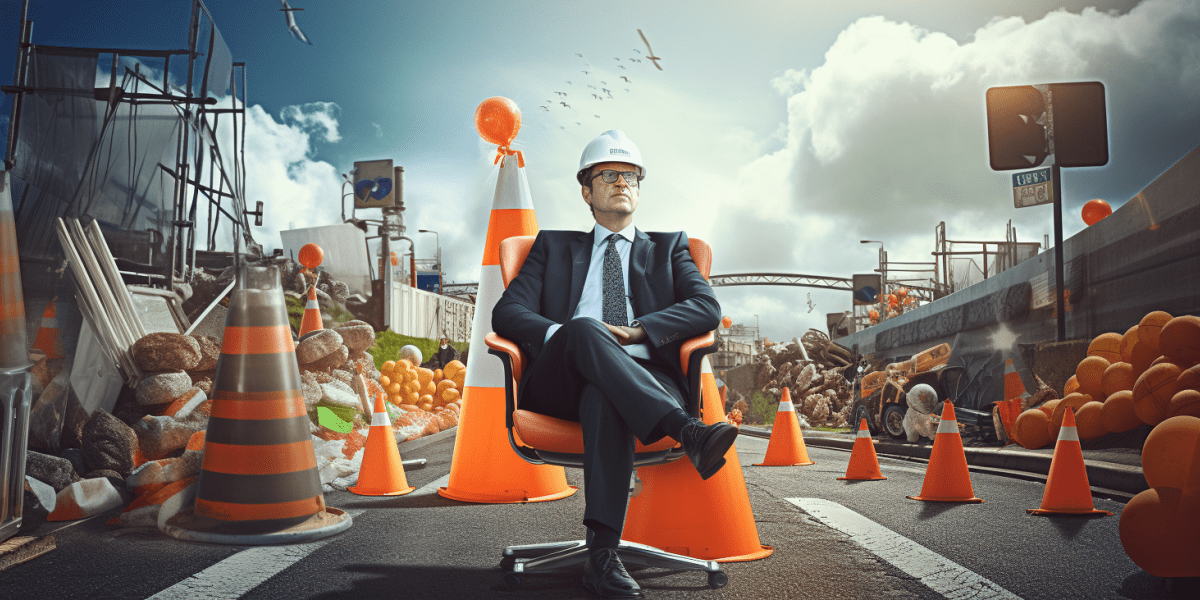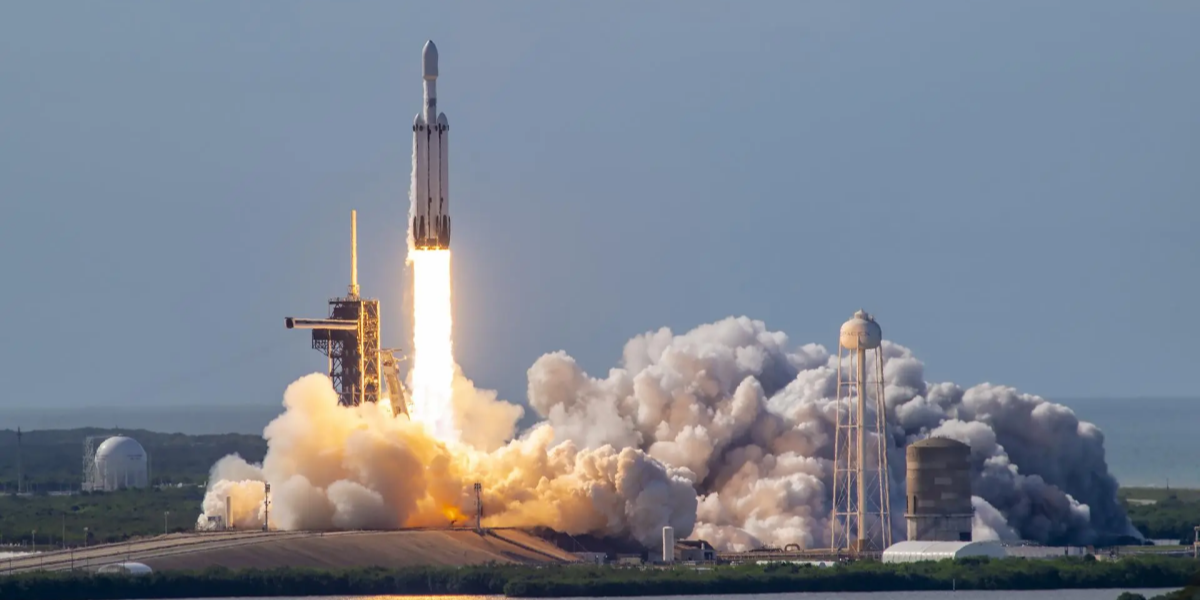As the global energy landscape shifts towards a carbon-neutral future, renewable energy sources are taking centre stage. This transition, while essential for our planet, ushers in a new set of challenges and responsibilities. One such responsibility is ensuring the safety and reliability of these new energy generation projects. This is where Safety Assurance (SA), a methodology borrowed from the aerospace industry, comes into play.
Table of Contents
Understanding Safety Assurance
Safety Assurance is a comprehensive, structured approach to assessing potential risks and hazards throughout a project’s lifecycle. It involves a wide array of activities, including hazard identification, risk assessment, mitigation strategies, and ongoing monitoring. The ultimate objective is to ensure a system or project operates safely and efficiently, even amidst unforeseen circumstances or failures.
Safety Assurance in the Energy Sector
In the energy sector, Safety Assurance is paramount. Energy generation projects, particularly those involving renewable energy sources, often involve intricate systems and technologies. They are subject to a myriad of potential hazards, from equipment malfunctions to extreme weather events. SA helps to identify and mitigate these risks, ensuring the safe and reliable operation of the project.
Moreover, SA isn’t merely about preventing accidents or failures. It’s also about fostering trust and confidence among stakeholders, from investors and regulators to the communities that host these projects. By demonstrating a commitment to safety and reliability, project developers can secure the support needed to bring their projects to life.
What are the future trends in Safety Assurance for Energy Generation Projects?
As we look to the future, several trends are emerging in the field of Safety Assurance for energy generation projects:
Digitalisation and Data Analytics
With the advent of Industry 4.0, we’re seeing a growing use of digital technologies in Safety Assurance. This includes everything from advanced sensors and monitoring systems to machine learning algorithms that can predict potential failures. These technologies allow for real-time monitoring and proactive risk management, enhancing the safety and reliability of energy projects.
Integrated Safety Management
As energy systems become more complex and interconnected, there’s a growing need for an integrated approach to safety management. This involves coordinating safety activities across different systems and disciplines, from design and construction to operation and maintenance.
Stakeholder Engagement
As communities become more engaged in energy projects, there’s a growing emphasis on transparency and stakeholder involvement in Safety Assurance. This includes engaging communities in risk assessment processes, sharing safety data openly, and involving stakeholders in decision-making.
Sustainability
As we strive for a carbon-neutral future, there’s a growing recognition that safety and sustainability go hand-in-hand. This means considering not just the safety of the project itself, but also its impact on the environment and local communities.
As we gaze into the future, several trends are emerging in the field of Safety Assurance for energy generation projects. Let’s delve into these trends across various energy markets:
- Solar Energy: In the solar sector, Assurance is evolving to address the unique challenges of this technology. This includes risks related to the installation and maintenance of solar panels, as well as their performance under various weather conditions. Digitalisation is playing a key role here, with advanced sensors and monitoring systems enabling real-time risk assessment and mitigation.
- Wind Energy: For wind energy projects, Assurance is focusing on the structural integrity of wind turbines, as well as their operation in different wind conditions. Here, data analytics and machine learning are proving invaluable, helping to predict potential failures and optimise maintenance schedules.
- Hydrogen Energy: As the hydrogen economy grows, Assurance is adapting to the specific risks associated with hydrogen production, storage, and transport. This includes developing robust safety standards and regulations, as well as advanced detection and mitigation systems for hydrogen leaks.
Conclusion
In conclusion, Safety Assurance is a crucial component of future energy generation projects. As we transition to a carbon-neutral future, it will play an increasingly important role in ensuring the safety, reliability, and sustainability of our energy systems. By embracing the latest trends and best practices in SA, we can make this transition safely and effectively, paving the way for a sustainable energy future.








